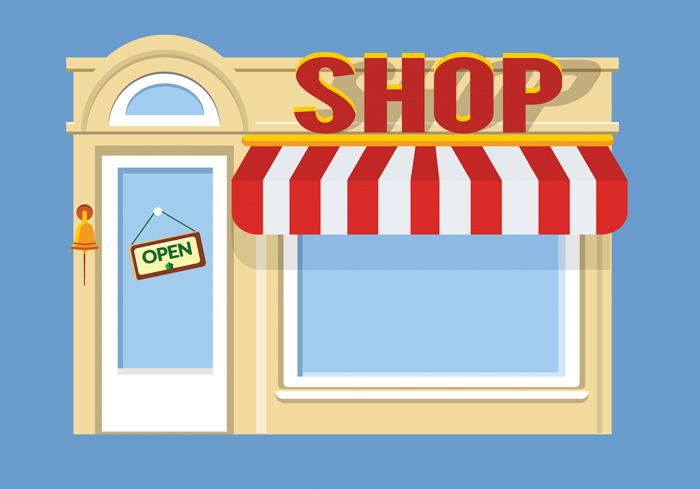
The SBA has stopped lending, but not for lack of demand. It seems big banks may be ready to take up some of the slack. What does that mean for alternative lending platforms?
News came this week that the U.S. Small Business Administration has reached its roughly $19 billion cap for its key loan guarantee program, which means the program’s lending is hobbled with two months left in the fiscal year.
The good news, of course, is that demand for loans remains strong and in fact exceeds the actual ability of the agency to make those loans, as Reuters reported last week.
That would imply that small and mid-sized businesses, commonly the lifeblood of an economy (especially so for the United States), are looking optimistically towards the future and specifically their own growth prospects. Census Bureau stats have shown that over the past 50 years, small businesses have been behind as much as two-thirds of all jobs in the U.S.
The less-than-stellar news is that, at least for the moment, one of the biggest lending spigots for SMBs has been turned off. But if every door closed means another door opens, as the saying goes, for banks, the stage may be set for a stronger presence in SMB lending.
As PYMNTS noted earlier this month, citing a Biz2Credit June 2015 study, institutional small business lending has been outpacing alternative loans. In fact, the study found that big banks were responsible for approving roughly 22 percent of loans to the SMB arena, which in turn continues an eight-month trend in which large banks have been boosting their small and mid-sized business lending activity.
The latest data is a far cry from the absolute nadir of small business lending, when in 2011, big banks approved an exceedingly paltry 9 percent of small business loans.
Yet, with so much room for improvement, the question remains: What lies ahead for big banks and the small/mid-sized lending landscape?
One telling move: Goldman Sachs said last month that it would look to offer consumer loans online, which would bring the nearly century-and-a-half old bank into the tech mainstream. As The New York Times reported last month, the white-shoe firm is in the early stages of bringing its online platform to small consumers, with loans that would start at a few thousand dollars. This platform would be available through an online presence that would include websites and apps.
Goldman’s plan likely represents a tacit admission that big lenders have to play catch-up, and quickly, in the wake of the Great Recession and the subsequent rise of alternative lending offered through a myriad of startup tech companies and platforms.
One advantage of larger lenders moving into the online lending space (and focusing on small to mid-sized enterprises) — for both lender and borrower — is that scale means the bigger banks can offer relatively lower interest rates, while still managing to eke out profits. With the average small bank reporting that only low to mid-single-digit percentages of its total loan portfolios are tied to small business loans, there is certainly room for growth.
That may or may not be enough to get smaller-sized enterprises to move away from the tech-savvy startups that have been carving out a lending niche over the past several years, which has seen the rise of companies including Lending Club, OnDeck and CAN Capital.
If the bigger players (i.e., banks with at least $10 billion in assets) do not opt to push their own platforms, with their own brands, into SMB lending online, one model that could shape up to be a formidable one would be this one: Big banks funding the startups themselves, a strategy that could be termed “if you can’t build ‘em, fund ‘em.”
One of the more recent examples of this strategy would be the April announcement that CAN Capital snagged $650 million in financing to help boost the company’s online SMB financing program. The roster of investors includes a banking who’s who that includes Barclays, SunTrust and JPMorgan.